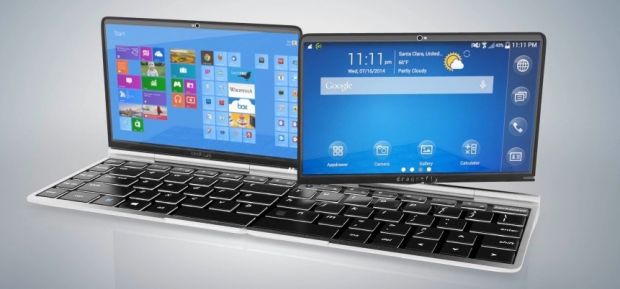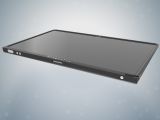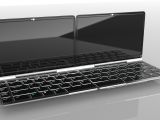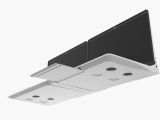A few days ago I brought you the story of Dragonfly, an Indiegogo project that obliterated its funding target by raising 340 times more than it initially planned to get.
The Dragonfly is basically a device envisioned to act as a smartphone, tablet or laptop, coming complete with a physical keyboard, a choice between Android and Windows operating systems and amazing hardware configuration.
But is the Dragonfly too good to be true and does it stand a chance to actually become a fully-fledged product customers will be able to pick up from retail?
Dragonfly wants to be your smartphone, tablet and laptop
Even if it can be packaged in one unit, the Dragonfly wants to be three different things in one. The kit includes two 7-inch displays (called Slingshot), a full-size keyboard that folds in half plus a touchpad with the option of a stylus.
The Slingshots come with a Super AMOLED capacitive touchscreens with 2560 x 1440 pixel resolution and 3GB of internal memory (which will be upgradable via microSD).
Basically, everything is designed to come apart, to swivel and fold up and the big idea behind it all is that you can unify your stuff with just one data plan.
It also has optional interchangeable covers with LED notifications, if you don’t already find the initial setup complicated by default.
Are Dragonfly's specs viable?
The base of the Dragonfly relies on an Intel Core i7-3537U (or Intel Core i5-4300 clocked at 1.9GHz) fitted with up to 8GB of RAM, which means that when used in laptop mode, the machine should boast advanced levels of performance.
But is such a setup plausible in a real-life environment? Probably not. As one of our readers points out, it’s pretty hard to fit an i7-3537U / i5-4300U processor under the hood (at 17W/15W) and have a device that’s adequately cooled or have a decent battery life.
In all possibility, the device will end up suffering from thermal throttle, as the whole device will burn very hot.
Maybe if the team changed to Intel’s new, low-power Core M platform, things might have a chance of working out.
However, like in the case of the Lenovo Yoga 3 Pro, a fan is still required to keep the machine cool, despite Core M’s status of having a fanless design, which in certain scenarios might bring down performance.
Dual-booting devices are doomed
Then there’s the issue with the dual-boot Android/Windows affair. Customers are invited to choose between the WinDroid which has the Slingshots running on Android and the base on Windows, with the user being able to switch between the two OS-es at will.
For Android geeks, there’s an extra alternative as they can opt for an Android-only version, which offers Android on the base as well as the Slingshot.
But it’s a known fact that both Google and Microsoft frown upon dual-booting machines. Back at CES 2014, ASUS announced with bells and whistles the Transformer Book Duel, which was supposed to be a dual-boot tablet/laptop hybrid.
But the device never made it to the market, because Google and Microsoft ended up pressuring ASUS to drop it.
So why did the two tech giants let the Dragonfly slide by and give it the green light to enter the market? It seems highly unlikely at this point.
No real images of Dragonfly exist
Lastly, for the time being no real prototype of the machine has been shown to the public and backers of the project. All we’re given is renders and flashy specs with nothing real to look at?
The team behind the project says they hope to start shipping Dragonfly starting with late Q1 2015 or early Q2 2014, so shouldn’t we have seen something akin to a prototype already? In my book, it sounds highly suspicious, but hopefully not all backers have wasted their money in vain.

 14 DAY TRIAL //
14 DAY TRIAL // 











